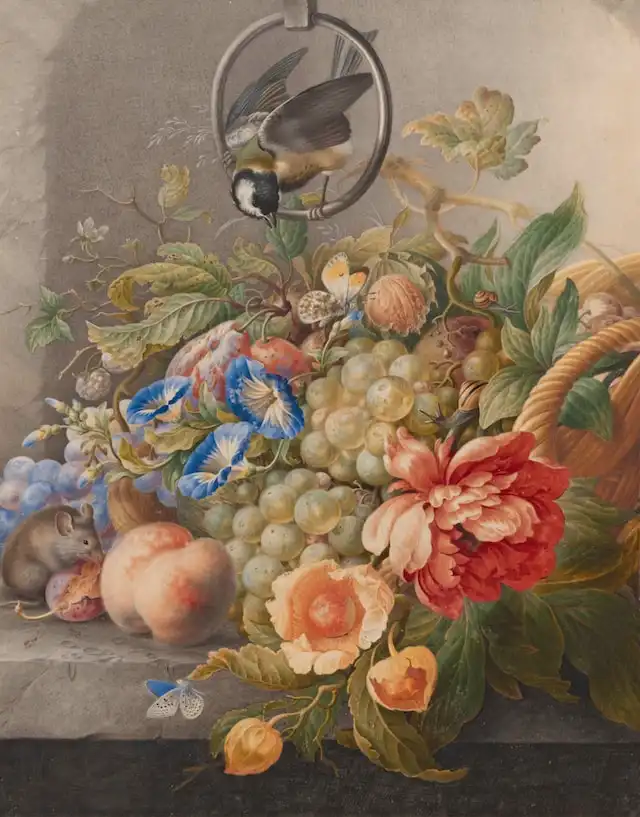Throughout centuries, art has proven an influential medium for human expression, encapsulating the essence of diverse eras—cultural, social, and emotional. Within this rich artistic tapestry, certain paintings have surpassed time, evolving into celebrated masterpieces renowned for their brilliance and profound impact. In this compilation, we delve into iconic paintings that have indelibly molded the world, leaving an everlasting imprint on art history and the collective human consciousness.
Enigmatic Elegance: Leonardo da Vinci’s Mona Lisa
Unarguably the globe’s most renowned artwork, Leonardo da Vinci’s “Mona Lisa” is a captivating portrayal of an enigmatic woman sporting a subtle smile. Created during the Italian Renaissance in the 16th century, the painting’s meticulous detail, subtle sfumato technique, and the captivating gaze of the subject remain emblematic of artistic mastery, inspiring fascination among enthusiasts globally.
Nocturnal Marvel: Vincent van Gogh’s The Starry Night
Dutch artist Vincent van Gogh’s “The Starry Night” portrays a mesmerizing nocturnal sky above Saint-Rémy-de-Provence, France. Crafted in 1889 during van Gogh’s asylum stay, its swirling patterns and vivid hues convey turbulence and emotional depth. This masterpiece epitomizes van Gogh’s distinctive style, channeling potent emotions through art.
Biblical Grandeur: Leonardo da Vinci’s The Last Supper
Another da Vinci masterpiece, “The Last Supper,” is a monumental mural depicting Jesus’ final meal with his disciples. Executed between 1495 and 1498, it’s acclaimed for composition, perspective, and emotional portrayal of each figure. Despite its age, the painting endures as a symbol of faith, artistry, and narrative brilliance.
Resonating Protest: Pablo Picasso’s Guernica
Crafted in response to the horrors of the Spanish Civil War, Pablo Picasso’s “Guernica” stands as a potent anti-war statement. Completed in 1937, this large-scale creation vividly depicts the suffering caused by the bombing of Guernica. Picasso’s use of cubist techniques and monochromatic tones intensify the scene’s impact, a timeless representation of war’s consequences.
Existential Angst: Edvard Munch’s The Scream
Norwegian artist Edvard Munch’s “The Scream,” finished in 1893, portrays a distressed figure against a tumultuous sky—an intense symbol of existential anguish and human anxiety. This iconic painting captures the human condition, its emotional potency resonating universally.
Divine Touch: Michelangelo’s The Creation of Adam
Part of the Sistine Chapel’s ceiling frescoes, “The Creation of Adam” is Michelangelo’s celebrated work. Painted in the early 16th century, it depicts God granting life to Adam. The composition’s precision and emotional depth render it a timeless symbol of human potential and divine connection.
Cubist Innovation: Pablo Picasso’s Les Demoiselles d’Avignon
A pioneer in Cubism, Pablo Picasso’s 1907 “Les Demoiselles d’Avignon” showcases distorted female forms, challenging artistic norms. This groundbreaking piece shaped modern art, steering its course through history.
Timeless Elegance: Johannes Vermeer’s Girl with a Pearl Earring
Johannes Vermeer’s “Girl with a Pearl Earring,” painted in the 17th century, portrays a young woman with an iconic pearl earring, exuding elegance. Admired for its light play and intimate atmosphere, it remains a symbol of femininity and artistry.
Nature’s Impression: Claude Monet’s Water Lilies
Claude Monet’s “Water Lilies” series captures his Giverny water garden’s serenity. Crafted in the late 19th and early 20th centuries, these paintings’ vibrant colors and impressionistic style continue to inspire artists and enthusiasts.
Resilient Identity: Grant Wood’s American Gothic
Depicting an unwavering American farmer and his daughter during the Great Depression, Grant Wood’s “American Gothic” symbolizes national identity and resilience in adversity.
These enduring art masterpieces transcend temporal and geographic boundaries, leaving an eternal impact on art and the wider world. Each painting encapsulates its creator’s creativity, emotions, and insights, offering a profound glimpse into the human experience and art’s transformative influence.”



